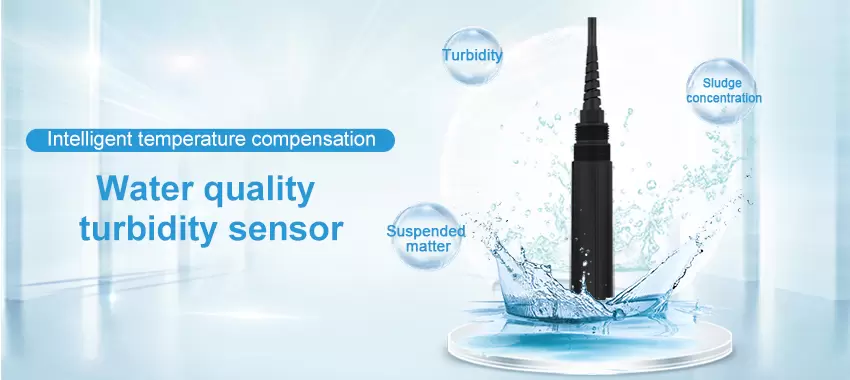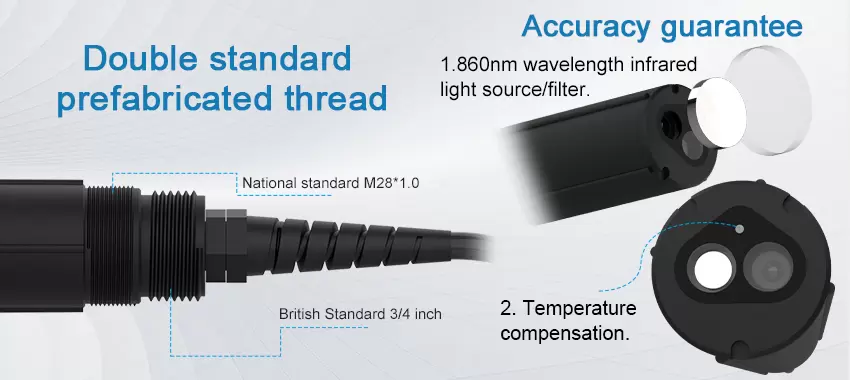What is turbidity meter?
Turbidity meter, also known as turbidimeter, is mainly used to analyze water or solution turbidity level of water quality testing equipment. A Turbidity meter is a tool with optical properties due to the dispersion of light, which can be expressed as the ratio of reflected light to incident light. All other things being equal, the intensity of light reflected from the suspended object is a function of concentration.
Turbidity in liquids is usually caused by a variety of factors, including microscopic particles, such as microorganisms present in the liquid, dissolved solids, etc.

The types of turbidity meters
There are two types of general-purpose turbidity sensors in common use today, namely:
Benchtop and portable units for sample grabbing on top of the analytical unit Benchtop is usually used as a fixed laboratory instrument and is not suitable for portable use.
In-line instruments are usually installed in the field and continuously analyze the sample stream overflowing from the process sampling unit.
The purpose of this turbidimetric tool is to store samples or standards in vials/sample bottles. The tool is set up before use, where the numbers listed must be 0 or in neutral, and then measured by turning the control knob to adjust the measured value until the value displayed on the turbidimeter screen matches the standard value.
Afterwards, insert the sample into the sample measurement site on the turbidimeter and read the results directly from the turbidity measurement scale listed on the screen. However, the sample measurement must be performed 3 times, each time pressing the Repeat Measurement button repeatedly to make the measurement correct or valid, and the results averaged immediately.
Turbidimetric analysis is based on measuring the intensity of transmitted light as a function of the concentration of the dispersed phase. When light passes through the suspension, part of the energy of the falling radiation is transmitted through absorption, reflection and the rest will be transmitted. The water sample is then partially absorbed and partially passed through, and the absorbed light is the level of turbidity.
Therefore, the more light is absorbed, the more turbid the liquid. According to WHO (World Health Organization). stipulates that the turbidity level of drinking water should not exceed 5 NTU and ideally should be below 1 NTU. Based on this theory, it can be said that all samples tested are eligible for consumption because the turbidity (cloudiness) level is below 5 NTU.

Turbidity instrument measuring principle
An infrared diode shines infrared light into the medium. The particles in the medium reflect the irradiated light detected by the receiving diode (backscattering principle). The electronic device calculates the relative turbidity of the medium based on the received signal.
Turbidity meters produce a quick return on investment
Turbidity meter is a simple and affordable way to bring great returns to your process. From reducing CIP consumables to increasing yields through improved conversion, this water sensor is ideal for sustainability-conscious manufacturers. For more information on how to integrate turbidimeter into your process or for more information on calculating potential ROI, please contact JXCT representative immediately.